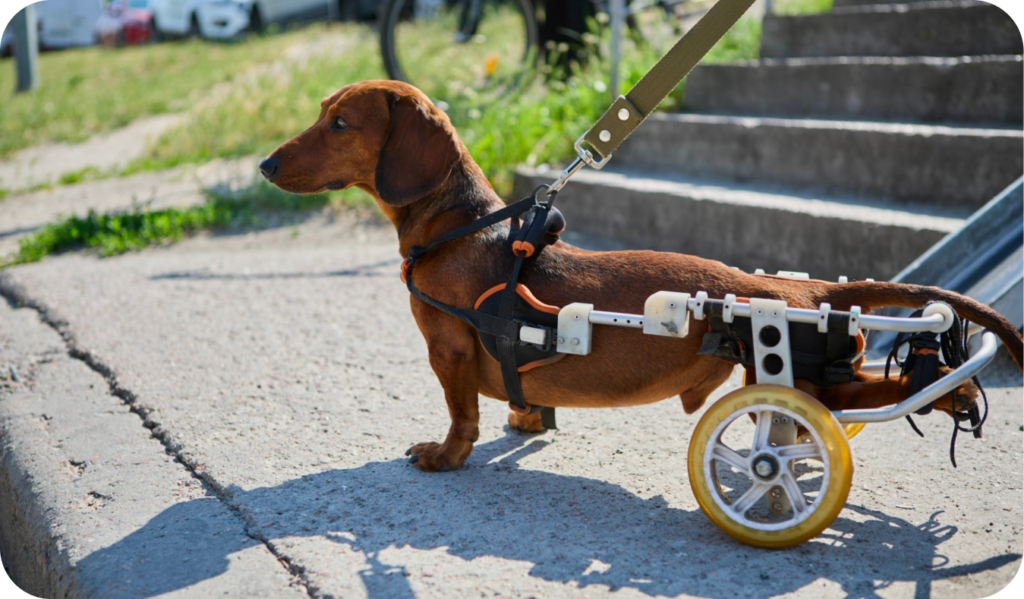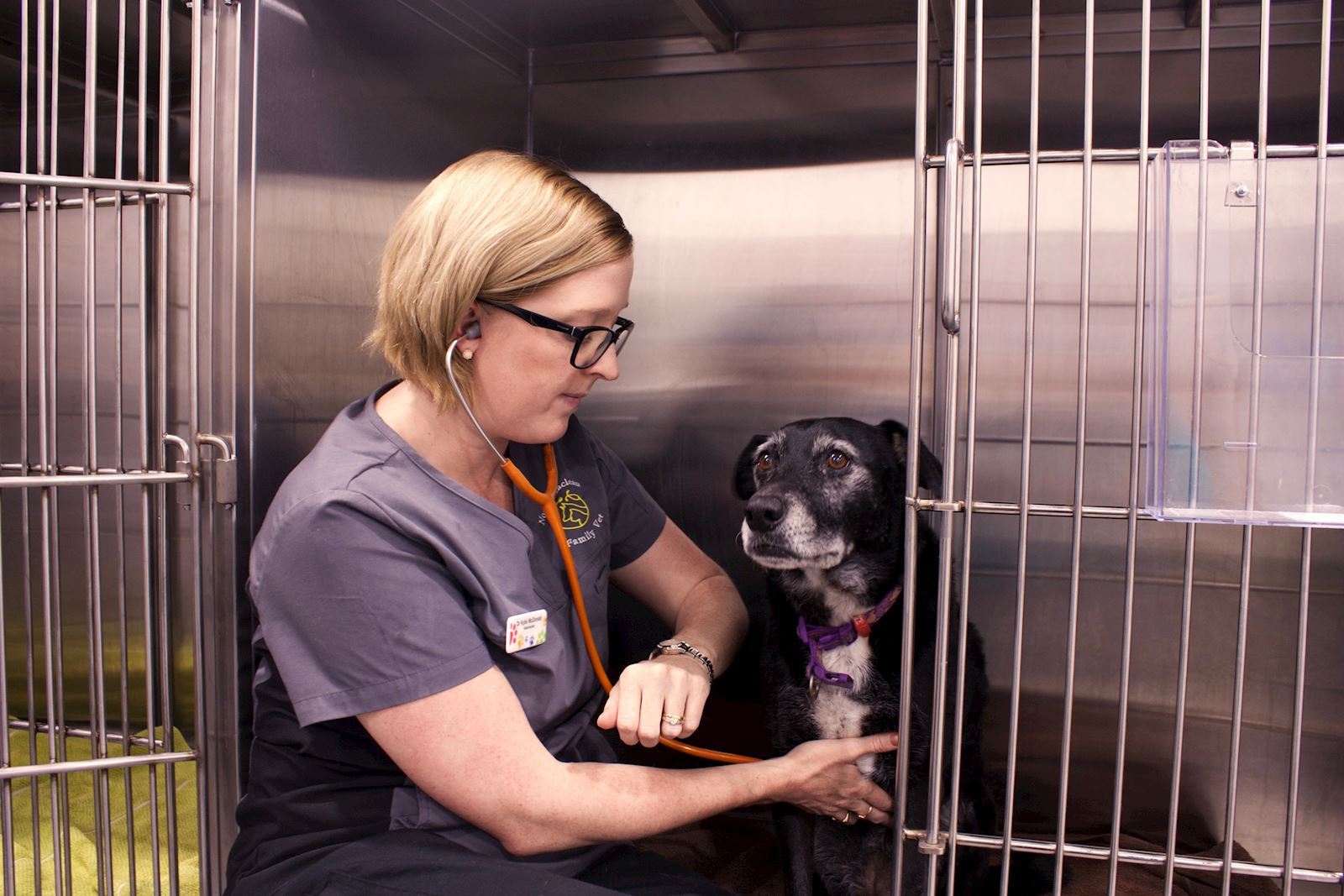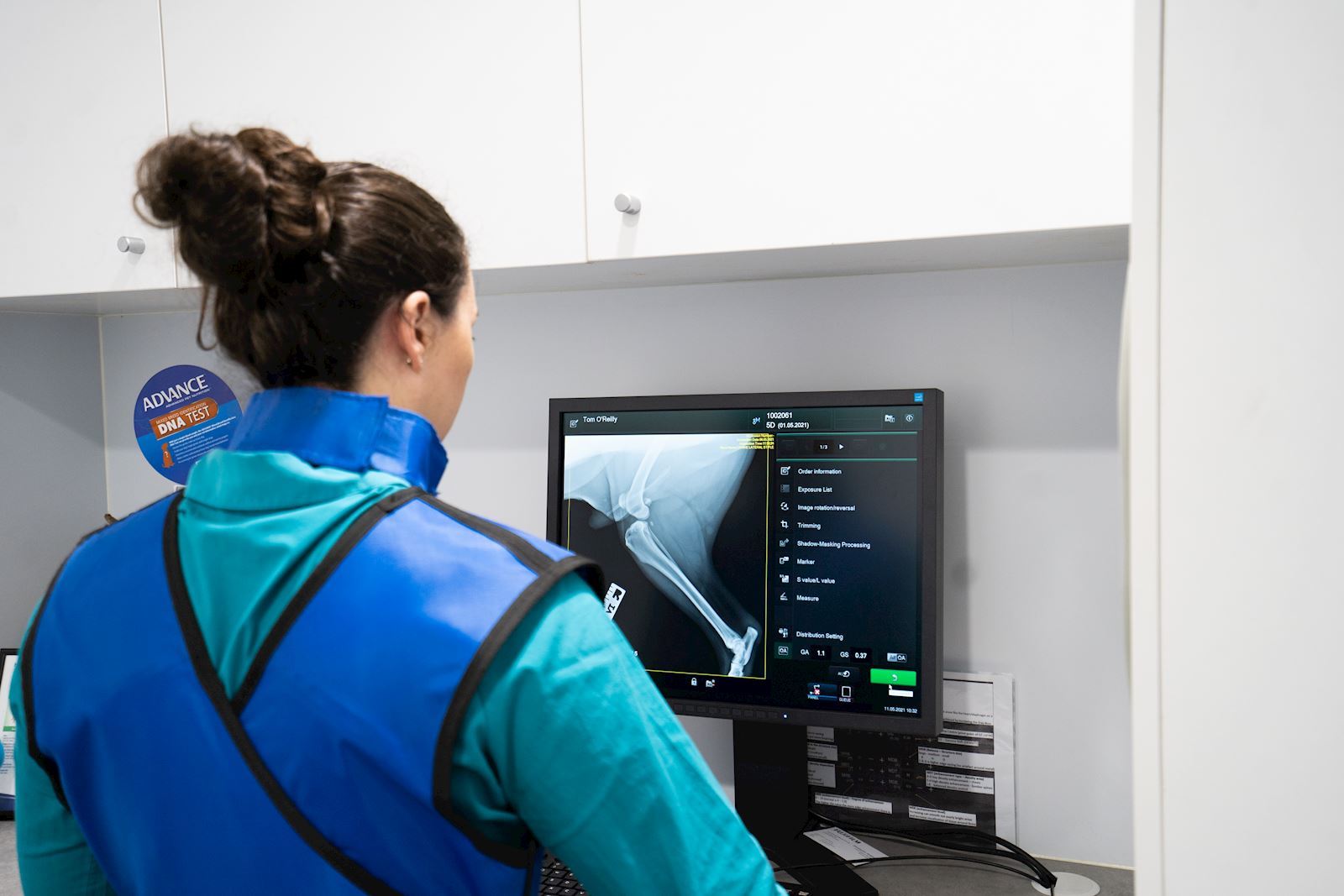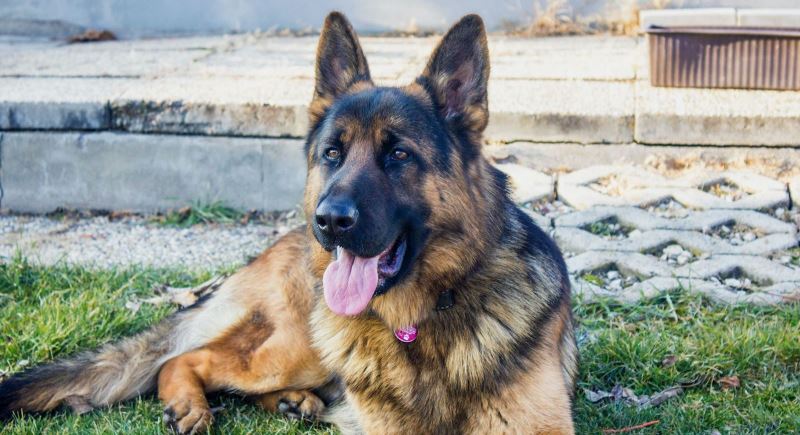Client Resources
Arthritis & Degenerative Joint Disease

Arthritis is arguably the most common ailment affecting dogs and cats. Recent statistics say that 20% of dogs over the age of 1-year-old will have some degree of osteoarthritis. This figure jumps to 80% of dogs over the age of 8 years old. Arthritis is also common in cats, but is often under-diagnosed and under-managed. Arthritis and joint disease are processes that affect our pets on a daily basis, and can significantly impact their quality of life.
Degenerative Joint Disease (DJD) and arthritis are inflammatory diseases of the joints. DJD is commonly described in patients with an injury or another pathological process affecting the joint, such as elbow dysplasia or cruciate disease. Arthritis is more common described in older patients that have little or no history of prior joint disease. Multiple pathways are involved in the inflammatory response, and all pathways contribute to degeneration of cartilage, joint swelling, inappropriate bone formation, and pain.
Joint disease can develop slowly and progressively over weeks to months to years. The common signs that owners notice are:
- Reduced activity levels
- Reduced interest in play
- Slow to rise or difficulty getting up
- Limping
- Licking at joints
- Reduced interest in food
- Muscle wastage over limbs
- Yelping or crying (not always seen)

Diagnosis of joint disease starts with a thorough physical exam of all the joints in all limbs. Identifying which joints are affected, and how severely they are affected is important in determining what the initial cause of joint disease is, and also what diagnostic plan, treatment plan or management plan is best suited to the individual animal. Diagnosis of joint disease most commonly involves x-rays, and often some form of sedation is recommended for clear x-rays to be taken.


The treatment and management recommendations for joint disease vary depending on the suspected cause or pathogenesis of the disease, and can range from simple pain management and rest, to joint supplements and dietary changes, to surgery. There are many options, and our goal is to take a holistic approach to finding the best combination of therapies to suit the needs of each individual animal.

Joint surgery may be recommended in cases such as elbow dysplasia, cruciate disease, patella disease, severe hip dysplasia, traumatic joint disease, and some vascular diseases. For example, surgery to manage cruciate disease may be recommended to improve the stability of the knee joint. For patella disease, we can surgically change the way the structures around the joint move against each other. Surgery may be considered in cases with hip joint problems as a method of long-term pain management.
Surgical options are not necessarily suitable for all cases, and should be considered carefully and discussed in depth with your vet.
There is a range of pain relief medication options for dogs and cats, which can be prescribed by your vet for the appropriate cases. Some of these medications will provide anti-inflammatory relief, while others provide pain relief independently. Some medications are better used for neurological pain (pain focused around nerves), and others are better for musculoskeletal pain (pain focused around muscles, joints and bones). Our medication options come in many shapes and forms, from tablets, to oral liquids, to patches that are stuck to the skin. Your vet will form a pain management plan that is tailored to your pets needs to give them relief from their joint pain.
Good weight management is critical to managing chronic joint disease and pain. Current research and statistics show that an overweight animal is five times more likely to present with joint pain compared to a healthy weight animal. Joints in overweight animals are expected to carry 25% more force with each stride, and up to 45% more force when stopping. This is a lot of extra work for joints to cope with, and is a contributing factor to the occurrence of cruciate ligament disease, and the development of arthritis over their lifespan. Keeping your pet at a healthy weight will help to reduce the force experienced by their joints, reducing inflammation and pain.
Dietary management is more than just weight management! Some dietary formulations are designed for those pets that suffer from joint disease, or have certain risk factors that mean they are more likely to develop joint disease over their lifetime. These diets are designed to help maintain lean muscle mass, provide essential building blocks for healthy cartilage support and joint fluid production, and give antioxidant and essential fatty acid supplementation.
DMOADs are drugs that inhibit structural disease progression of osteoarthritis, and improve clinical signs or functions. Currently, only pentosan polysulphate (PPS) is recognised as an effective DMOAD in veterinary medicine. PPS is commonly known by its brand names, Arthropen, Cartrophen, or Zydax. This product is given as an injection under the skin, and is usually given as a course of four weekly injections every six to twelve months. PPS acts to improve joint fluid production, reduce enzyme activity involved in the degeneration of cartilage, and reduce the release of inflammatory mediators. Joint fluid, or synovial fluid, has an important role in joint lubrication, but also a role in keeping cartilage hydrated and spongy for effective cushioning.
There are many joint supplements available that are promoted for joint support. Many of these contain glucosamine and chondroitin, which are essential building blocks for healthy cartilage. Some products contain ingredients that promote higher levels of omega fatty acids, and others contain unique ingredients that stimulate cartilage regeneration. There are lots of dietary supplements to choose from, and we can help you find one that suits you and your pet. Generally these supplements are added to their food daily for joint support, are easy to give and palatable.
Even at home there are lots of things you can do to help your arthritic furry companion. Some small changes can be made at home such as softer bedding, and additional warming blankets or heating (such as hot water bottles and heat-mats). Jumping and managing stairs can be really hard on stiff and sore joints, and providing ramps or shallower steps can help them keep moving. Some exercise is important for maintaining muscle strength, but lower intensity exercise is easier on sore joints. High intensity running and jumping put arthritic joints through a lot of force and work, and often aggravates joint pain. Slower activities for medium durations are much better tolerated, such as gentle walks, or swimming. Gentle massage and stretching can help keep joints and muscles from seizing, and reduce muscle tension and pain. This should be done carefully, however, only doing as much as your pet will comfortably tolerate. Massage and physiotherapy for your dog or cat should not cause them more pain or stress.
Slippery floors, such as tiles or hardwood floors, can make getting up or moving around the house harder than usual as well. You could consider “paw-booties” with gripping material to help your furry friend navigate the slippery floors more easily!


